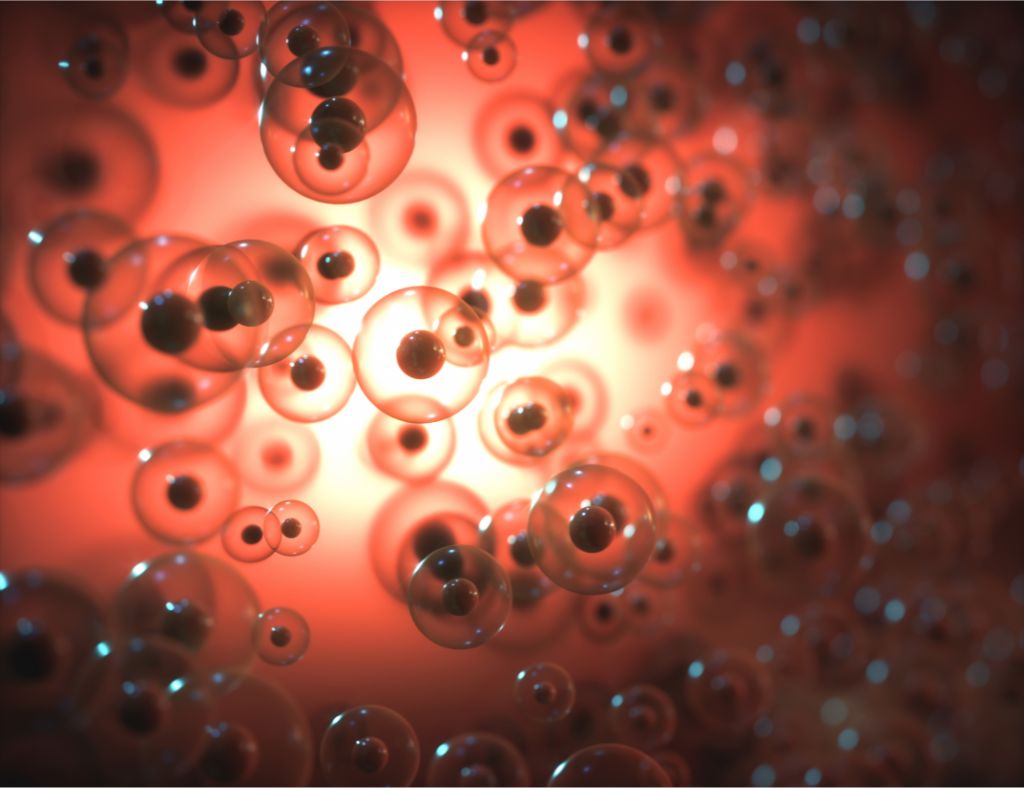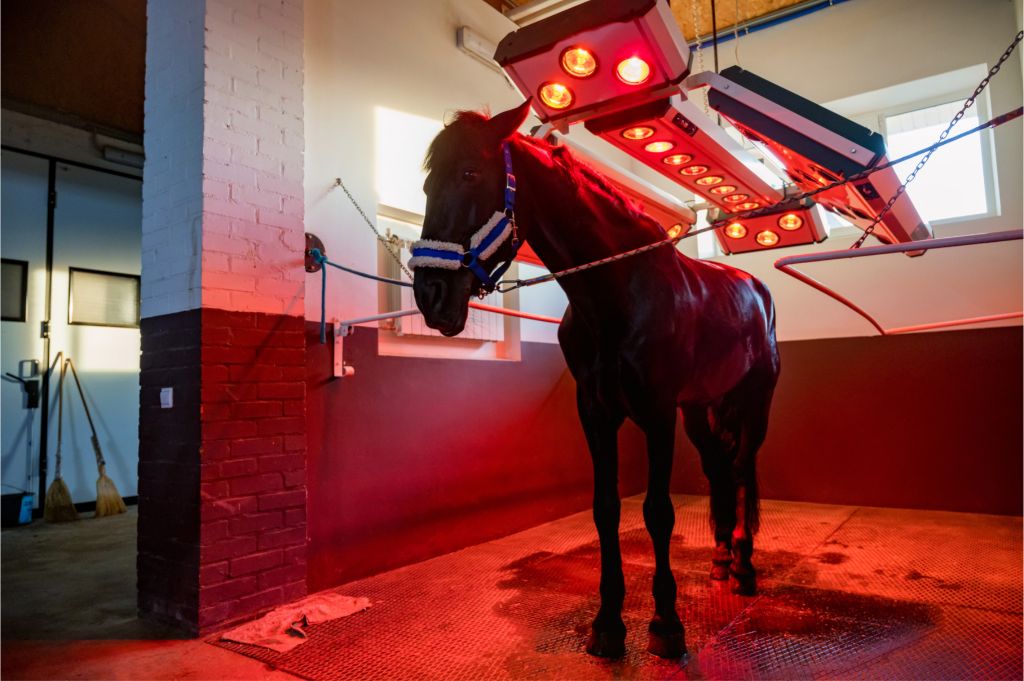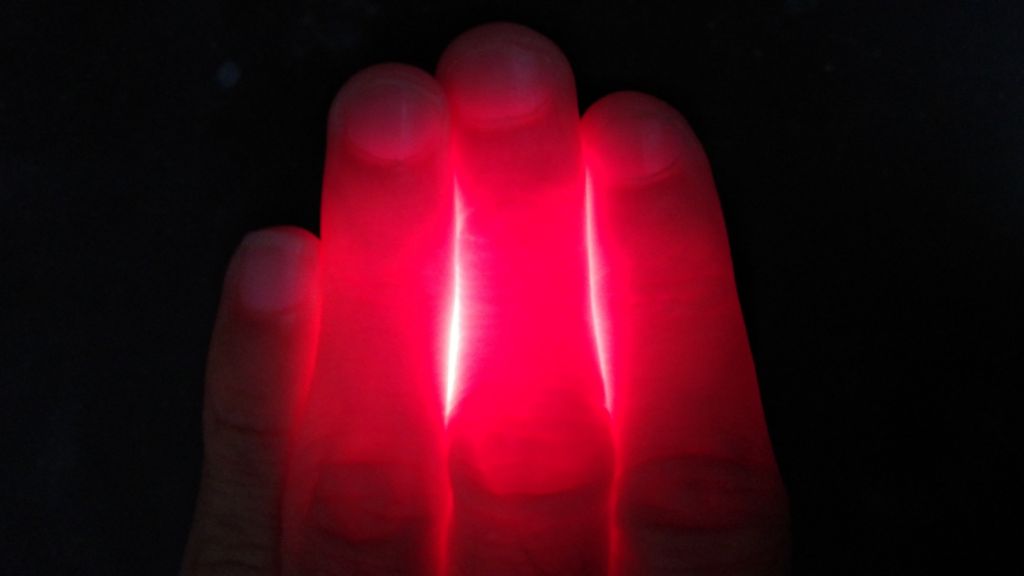Sauna use presents a plethora of health benefits that can be seen and experienced by the user in very tangible ways, but what is happening below the surface to create these remarkably positive effects?
While there are many biochemical responses to sauna use in general; an orchestra of changes begin with the mitochondria of each cell and play a pivotal role in the positive changes experienced by a sauna user.
Using saunas to assist in treating autoimmune conditions and incorporating sauna use into an oncological protocol is believed to alter the metabolism of the mitochondria in non-pharmacological ways, by activating the membrane signaling of these organelles.
While all forms of saunas aid in the production of heat shock proteins, improvement of circulation, and detoxification of toxins from the body, the only way to positively affect mitochondrial functioning is through red light and infrared light.
What Role Does the Mitochondria Play in Overall Health?
If you think back to grade school you’ll remember the mitochondria as “the powerhouse of the cell”. The mitochondria of each multi-cell organism truly is a powerhouse and they are a platform for energy convergence, or the upregulation of ATP synthesis. (1) While this traditional view of mitochondrial activity remains true, these tiny organelles play a much greater role in overall health by regulating the life cycle of cells and intercellular communication. Cells rely on a programmed death cycle called apoptosis, and this program is intrinsically linked to mitochondrial metabolism. (1)

When there is a lack of homeostasis within and between cells, eventually the body begins a downward spiral into disease. This is why many medical professionals are beginning to associate a variety of diseases with mitochondrial metabolism dysfunction. A publication from The National Library of Medicine entitled: “Mitochondria and Cell Signaling”, writes the following about the hazards of malfunctioning mitochondria:
“Importantly, defects in mitochondrial control of cell signaling and in the regulation of mitochondrial homeostasis might underpin many diseases, in particular age-related pathologies…Programmed cell death is required for proper development and tissue homeostasis in all multicellular organisms, and its deregulation contributes to various diseases including cancer and neurodegeneration.” (1)
Understanding the essential role that a healthily functioning system of mitochondria has on overall health is critical. The question then remains, how do we improve mitochondrial homeostasis? Is it possible to do this without intrusive pharmacological interventions? The answer may be surprising, and it starts with the signaling of the mitochondrial membrane. The relationship between correct light exposure and the mitochondrial membrane signaling may radically enhance the health and balance of the mitochondria.
What type of light is necessary to engage the photoreceptors of the mitochondrial membrane? As it turns out, the specific frequencies of red and near infrared light play a key role in activating and regulating mitochondrial function.
What Methods Are Best To Alter Energy Conversion In Cells: MItochondrial Signaling and Red Light Therapy
The profound role of the mitochondria, and more specifically the signaling membrane, is crucial to maintaining health over a long period of time. Finding a way to optimize the function of mitochondria, and the life cycle of cells, may be critical in preventing and treating chronic autoimmune disorders, as well as more serious rates of growth of certain illnesses.
The National Library of Medicine published a journal entitled: “The Role of Mitochondria in Health and Disease”, explaining the importance of the outer membrane when it states:
“The outer mitochondrial membrane serves as a major signaling platform, and regulation of cell signaling through mitochondrial dynamics and by mitochondrial metabolites, including ATP and reactive oxygen species….Dysfunction of these mitochondrial complexes may also play an important role in the pathogenesis of some chronic diseases, as the occurrence of metabolic disorders is often accompanied by a disruption in mitochondrial function.” (2)
What actions can individuals do to promote and/or restore mitochondrial function? The signaling mechanism on the outer membrane of each mitochondrial within the cell responds with a remarkable uptake to the exposure of red and near infrared light.
The process by which red and near infrared light stimulates the signaling pathways of the mitochondrial membrane is called ‘photobiomodulation’, and has been demonstrated through reputable clinical trials and studies to greatly increase the function of mitochondria. Below is an excerpt from the research done by National Library of Medicine, National Center For Biotechnology in their journal publication: “Photobiomodulation – Underlying Mechanism and Clinical Applications” (3):

“LED light induce a photobiomodulation (PBM) effect which is used to accelerate healing, as it increases cell viability by stimulating the mitochondrial and cell membrane photoreceptors synthesis of ATP.” (3)
The coupling of heat therapy and passive sweating experienced in any type of sauna along with exposure to near infrared and red light therapy may positively affect a variety of illnesses within the body. While it is possible to gain exposure to red and near infrared light without a sauna, there remains enough positive research surrounding longevity and sauna bathing to suggest that the coupling of red light therapy with time in the sauna may result in optimizing health and diminishing the appearance of disease in the body.
Before embarking on sauna therapy protocol that includes exposure to red and near infrared light, consult with a medical practitioner, particularly if your condition is serious.
What Conditions Are Known To Respond Well To Near Infrared Light?
- Type I & 2 Diabetes
- Multiple Sclerosis
- Brain Degenerative Diseases
- Psoriasis
- Chronic Fatigue Syndrome
- Crohn’s Disease
- Fibromyalgia
- Rheumatoid Arthritis (4)
Stimulating a positive uptake of the correct light frequencies by the mitochondrial membrane may improve a multitude of autoimmune disorders. Some medical professionals have posited that the underlying issue in most of these diseases is mitochondrial dysfunction. From the National Library of Medicine publication on Disease and Mitochondrial function:

“Defects in the transfer of electrons across the mitochondrial membrane can cause electrons to accumulate on the ETC complexes and enhance ROS production. The accumulation increases the potential for electrons to bind with free oxygen species and may contribute to a wide variety of pathologic conditions including degenerative diseases, cancer and aging.”
There is of course no magic wand to cure all diseases, however, emerging research does suggest that the use of red and near infrared light may positively stimulate the outer membrane of the mitochondria to promote the healing and balancing of mitochondrial metabolism. By stimulating the body with red and near infrared light it is possible to effect a positive change in mitochondrial signaling, therefore reducing the experience of disease in the body.
Whether you are looking to reduce biological age, find remission for a serious illness, improve health, or simply add another form of treatment to your pre-existing protocol, it may be worth incorporating near infrared light and red light therapy into your weekly routine. Just a reminder – it is always advisable to consult a health care physician before beginning any treatment protocol.
Sources Cited:
- https://www.ncbi.nlm.nih.gov/pmc/articles/PMC3311926/
- https://www.ncbi.nlm.nih.gov/pmc/articles/PMC3951182/
- https://www.ncbi.nlm.nih.gov/pmc/articles/PMC7356229/
- https://pubmed.ncbi.nlm.nih.gov/34276700/
- https://onlinelibrary.wiley.com/doi/full/10.1111/j.1751-1097.2008.00394.x
- https://www.ncbi.nlm.nih.gov/pmc/articles/PMC3951182/


